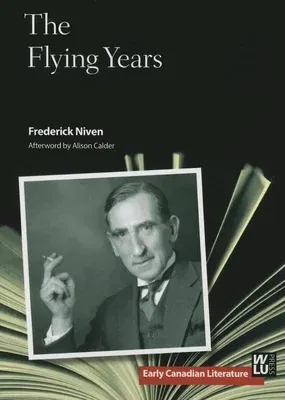Originally published in 1935, Frederick Niven's The Flying Years tells
the history of Western Canada from the 1850s to the 1920s as witnessed
by Angus Munro, a young Scot forced to emigrate to Canada when his
family is evicted from their farm. Working in the isolated setting of
Rocky Mountain House, Angus secretly marries a Cree woman, who dies in a
measles epidemic while he is on an extended business trip. The
discovery, fourteen years later, that his wife had given birth to a boy
who was adopted by another Cree family and raised to be "all Indian"
confirms Angus's sympathies toward Aboriginal peoples, and he eventually
becomes the Indian Agent on the reserve where his secret son lives.
Angus's ongoing negotiation of both the literal and symbolic roles of
"White Father" takes place within the context of questions about race
and nation, assimilation and difference, and the future of the Canadian
West. Against a background of resource exploitation and western
development, the novel queries the place of Aboriginal peoples in this
new nation and suggests that progress brings with it a cost.
Alison Calder's afterword examines the novel's depiction of the
paternalistic relationship between the Canadian government and
Aboriginal peoples in Western Canada, and situates the novel in terms of
contemporary discussions about race and biology.

